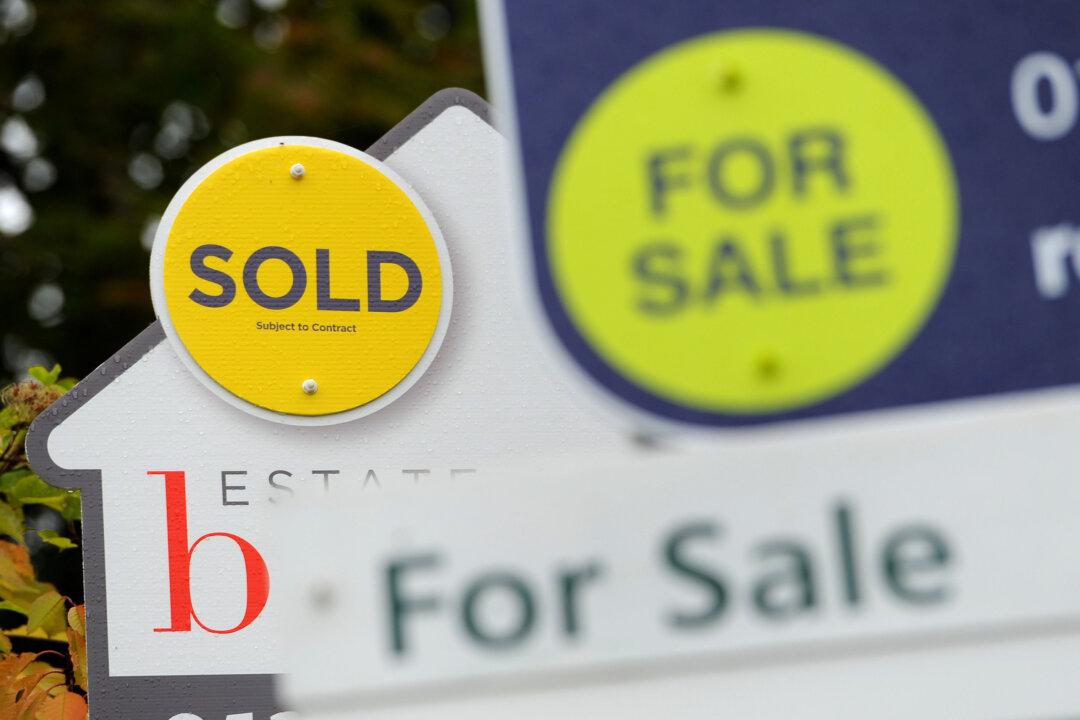House prices in the UK have fallen by 3.8 percent in the 12 months to July, which is the biggest annual drop since July 2009, an index shows.
According to the Nationwide Building Society’s House Price Index, the average house price in July was £260,828.





